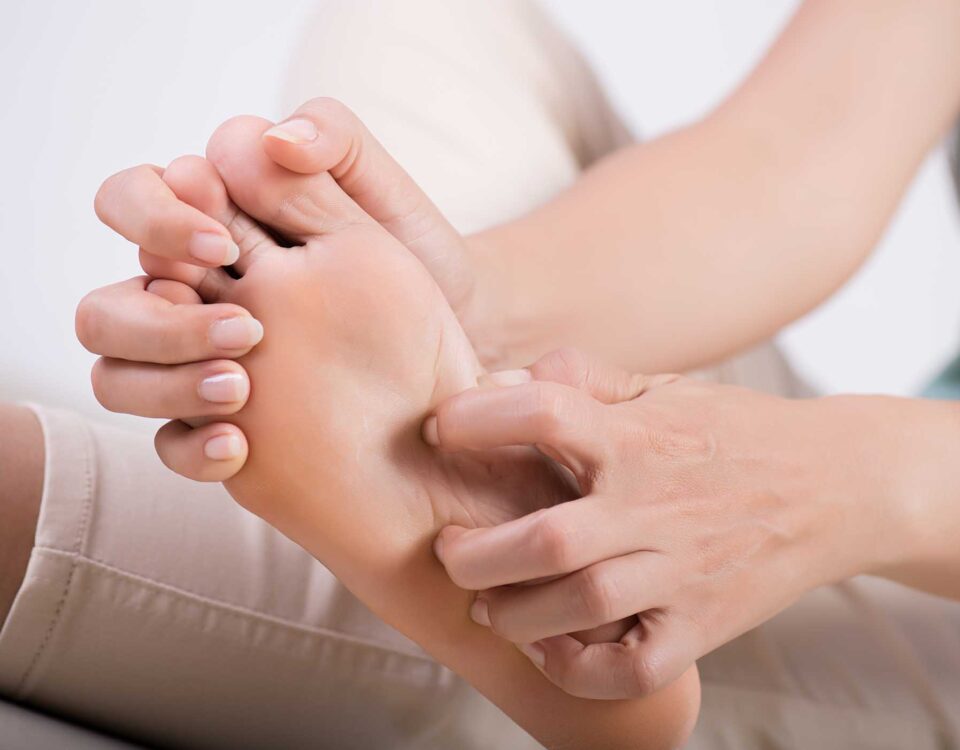What Are the Three Arches in Your Feet?

Arthritic Foot Care
December 11, 2018
Foot and Ankle Treatments
January 15, 2019Have you ever wondered why your feet do not hurt after walking or running? It can be really thought provoking to wonder how the feet can endure pain after repeatedly making contact with the ground from continuously walking or running. So, what is the secret behind feet that makes you feel fine after constantly hitting a hard, flat surface?
The answer lies in the three arches in each of your feet namely the medial, lateral and anterior transverse arches. In a sense, these three arches are connected to one another to form a right triangular shape. These arches are formed from the tarsal and metatarsal bones, and gain support from the foot’s tendons and ligaments.
The arches in your feet make your foot function in the same way that a spring does. Your feet help sustain your own weight, but they also absorb shock as you are moving in any direction. These arches also help to make your foot flexible so that you can perform actions like walking and running.
If you are experiencing foot pain in Houston, contact a professional podiatrist at your earliest convenience. But to help you understand the basics of arch support & how arches are meant to work, here are the three arches in better detail.
Medial Arch
The medial arch is the arch that travels from your heel to the ball of your foot (near your big toe). This is usually the longest arch of the foot. This arch is formed by the first three metatarsal bones, three cuneiforms, calcaneus, talus, and navicular, which as you may guess, are all small bones in the foot.
This arch also gets muscle support from a number of different muscles in the foot, such as the intrinsic foot muscles, flexor hallucis, tibialis, fibularis longus, and flexor digitorum longus. Ligament support is provided by the medial ligament of the ankle as well as the plantar ligaments.
A high medial longitudinal arch can lead to a condition known as pes cavus, which is a higher than normal arch. This makes the foot less capable of absorbing shock when walking and places more stress and/or pain on the heel and ball of the foot.
Lateral Arch
The lateral arch is the arch that travels from the heel of your foot, to a part of the coronal plane (in between your toes and sole) closest to your pinky toe. This is the arch that touches the ground while you are standing up. This arch is formed by the calcaneus, the 4th and 5th metatarsal bones, and the cuboid.
Like the medial arch, this arch also gets muscular support from the intrinsic foot muscles, fibularis longus, and flexor digitorum longus. The flexor hallucis and tibialis, however, do not support this arch. Ligament support is provided by your plantar ligaments.
Pes planus, also known as flat foot, is a condition in which the two longitudinal arches are lost. Unlike pes cavus, pes planus can be developed at a very young age. People with flat feet can be treated with arched inserts for their shoes.
Anterior Transverse Arch
The anterior transverse arch is the shortest of the three arches in the foot. It travels across the coronal plane, perpendicular to the other two arches. Contact your podiatrist in Houston if there is an unending pain in your foot or coronal plane.
The anterior transverse arch gets its bone support from the wedge shape that the arch creates. The muscular support of this arch is from the tibialis posterior and fibularis longus. The ligament support is provided by transverse metatarsal ligaments in addition to the plantar ligaments.



